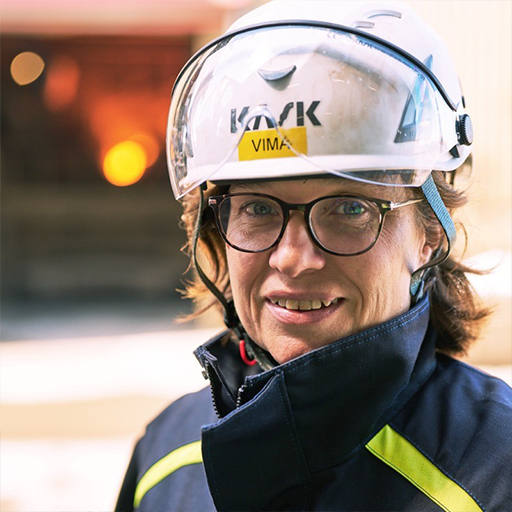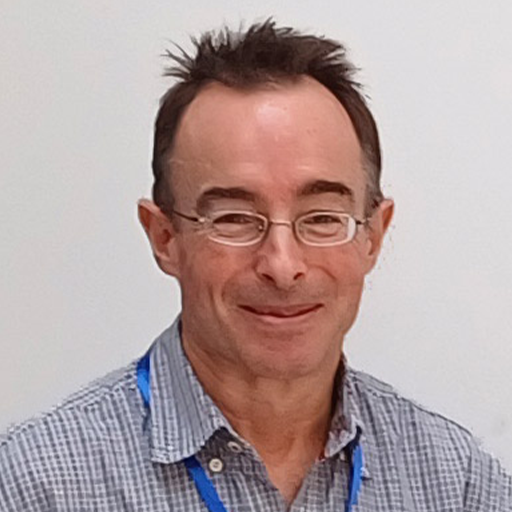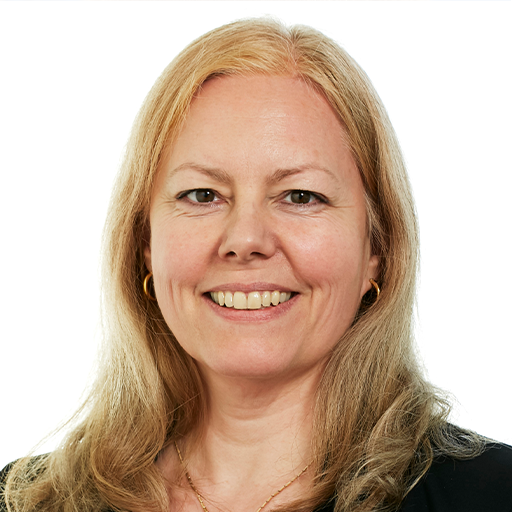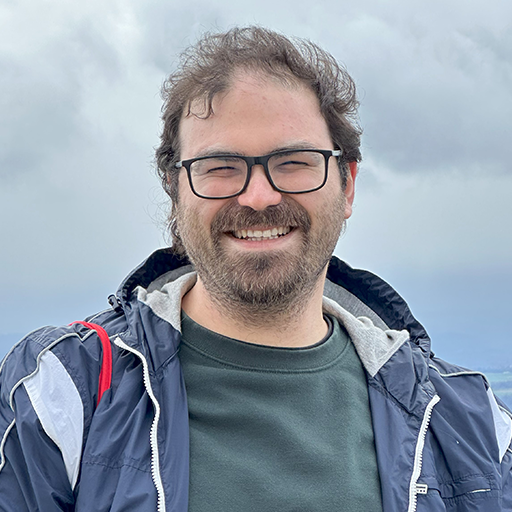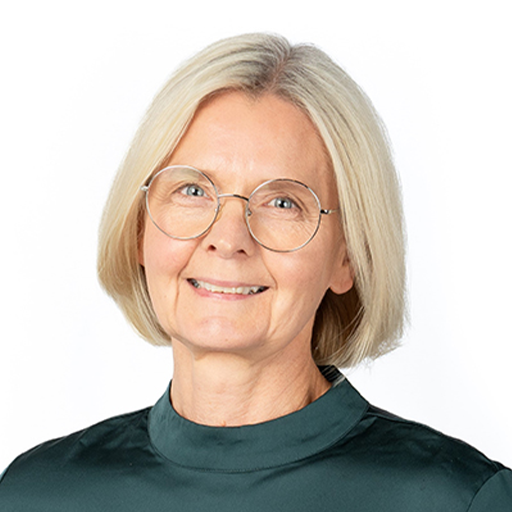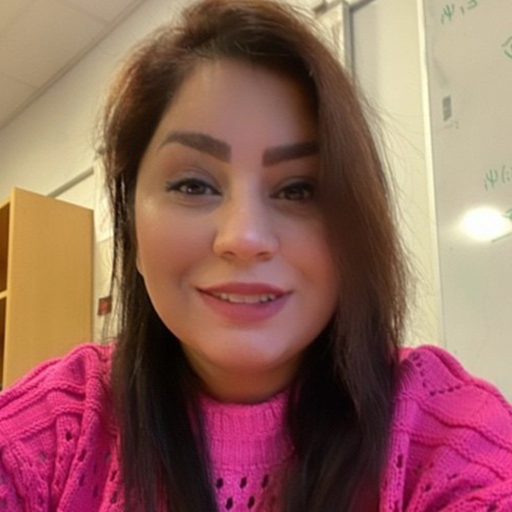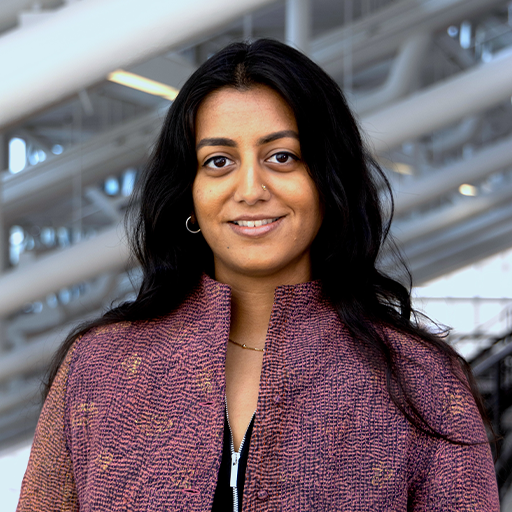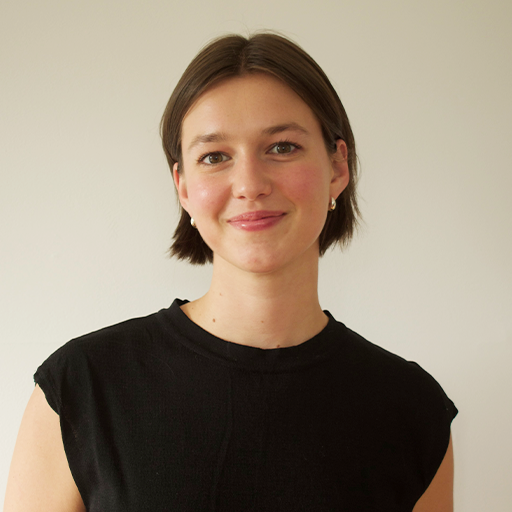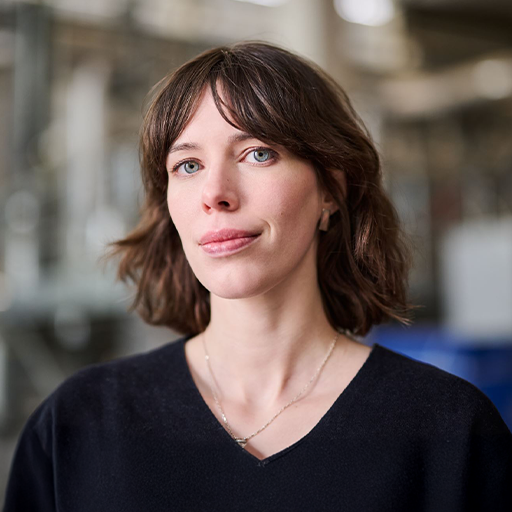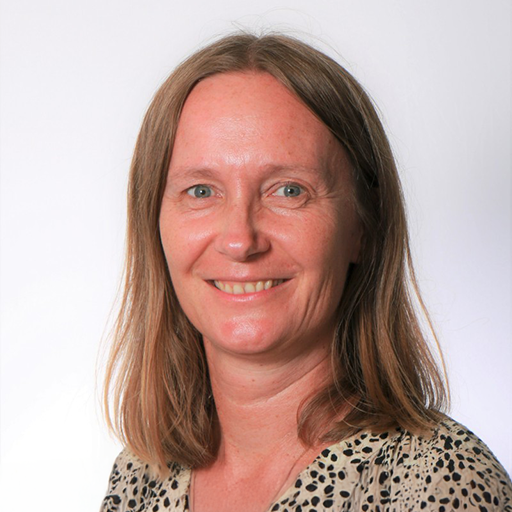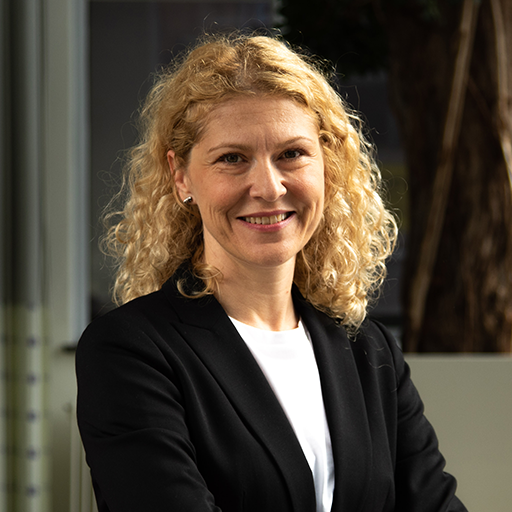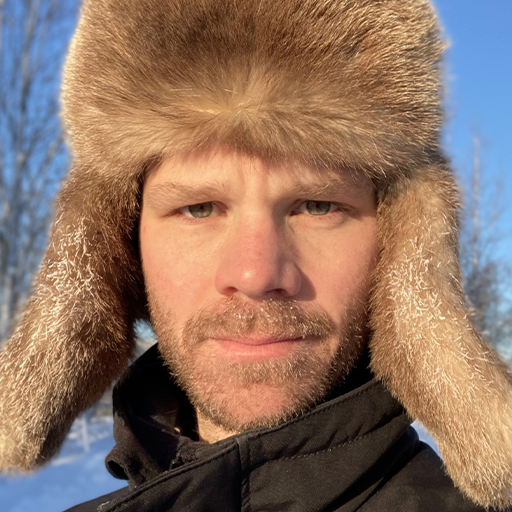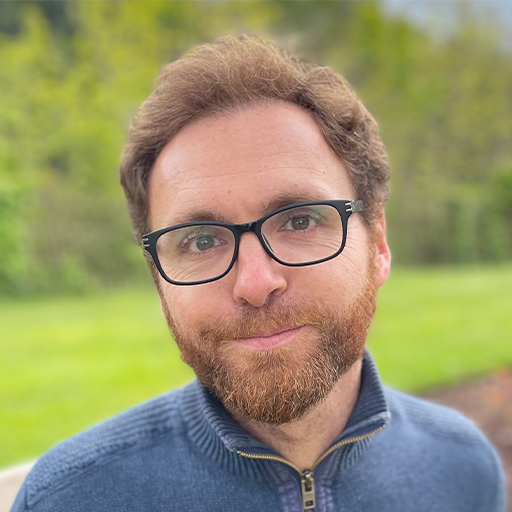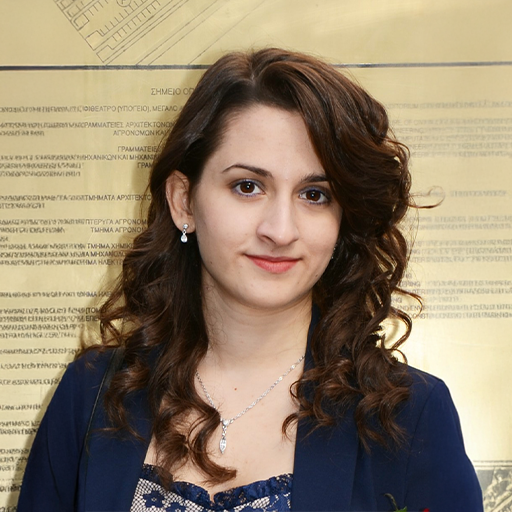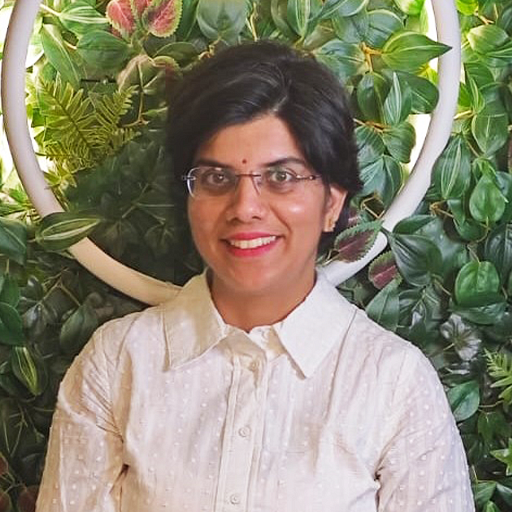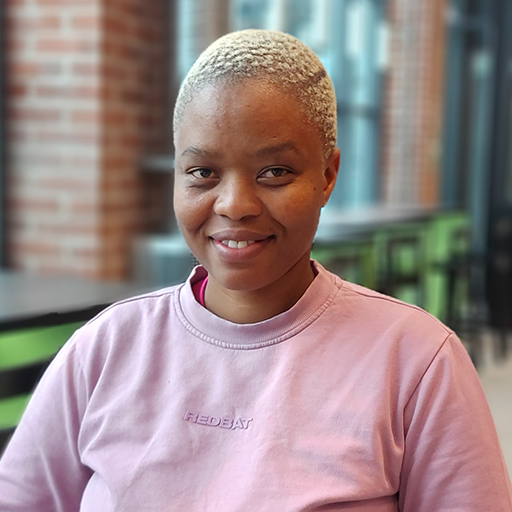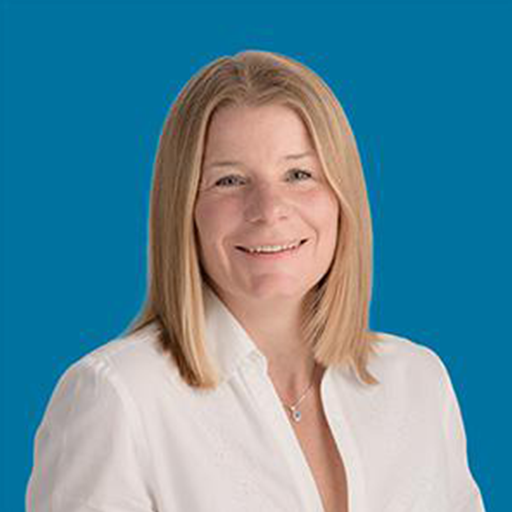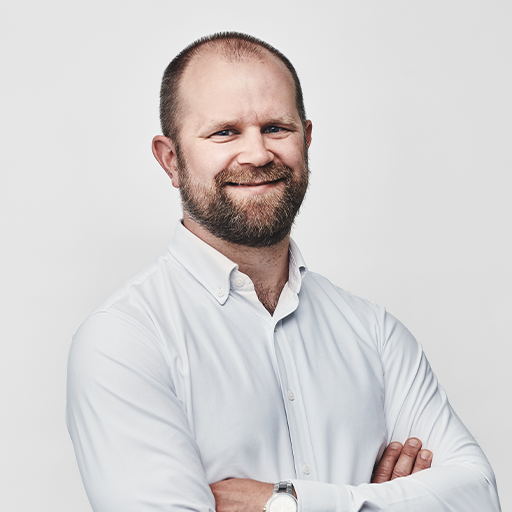
Securing critical raw materials from recycling
The rising demand for critical raw materials (CRMs) in modern technologies underscores the need for efficient recovery from end-of-life products and industrial waste. Recognizing their strategic importance, the EU’s CRM Act aims to secure Europe’s supply amid growing global competition and geopolitical risks. Due to their finite nature, CRMs must be circulated across use cycles, but low concentrations and wide dispersion make recovery difficult. Stena Recycling has over 30 years of experience extracting CRMs from complex waste, including lithium-ion batteries and gigafactory residues. This presentation shares insights from Stena’s recovery efforts, highlighting innovations, challenges, and the role of strategic partnerships in promoting sustainable material management in the Nordic region and Europe.
Mats Linder
Mats is one of Sweden’s most experienced circular economy experts, with a long track record of helping companies transition to circular models. At Stena Recycling, he leads the company’s circular strategy development, focusing on creating new value for customers. With a background at McKinsey & Company, he has led multiple projects with the Ellen MacArthur Foundation and run an independent consultancy supporting institutions like the EU Commission and Consumer Goods Forum, as well as various private and non-profit organizations. Mats holds a PhD in physical chemistry and combines academic and consulting experience to tackle the challenge of aligning economic activity with environmental limits. He has authored several publications and whitepapers on unlocking circular economy value.

